
Ragusa is the southernmost capital of Italy. It is called the "city of bridges", due to the presence of three very picturesque and historically valuable BRIDGES, but it has also been defined by writers, artists and economists as "the island in the island" or "the other Sicily", thanks to its history and to a socio-economic context very different from the rest of the island. In 1693 a devastating earthquake caused the almost total destruction of the entire city, reaping more than five thousand victims. The reconstruction, which occurred in the eighteenth century, divided into two large districts: on one side Ragusa Superiore, located on the plateau, on the other Ragusa Ibla, built from the ruins of the ancient city and rebuilt according to the ancient medieval structure. The architectural masterpieces built after the earthquake, together with all those present in the Val di Noto, have been declared a World Heritage Site by UNESCO in 2002. Ragusa is one of the most important places for the presence of evidence of Baroque art, such as its churches and its eighteenth-century palaces.
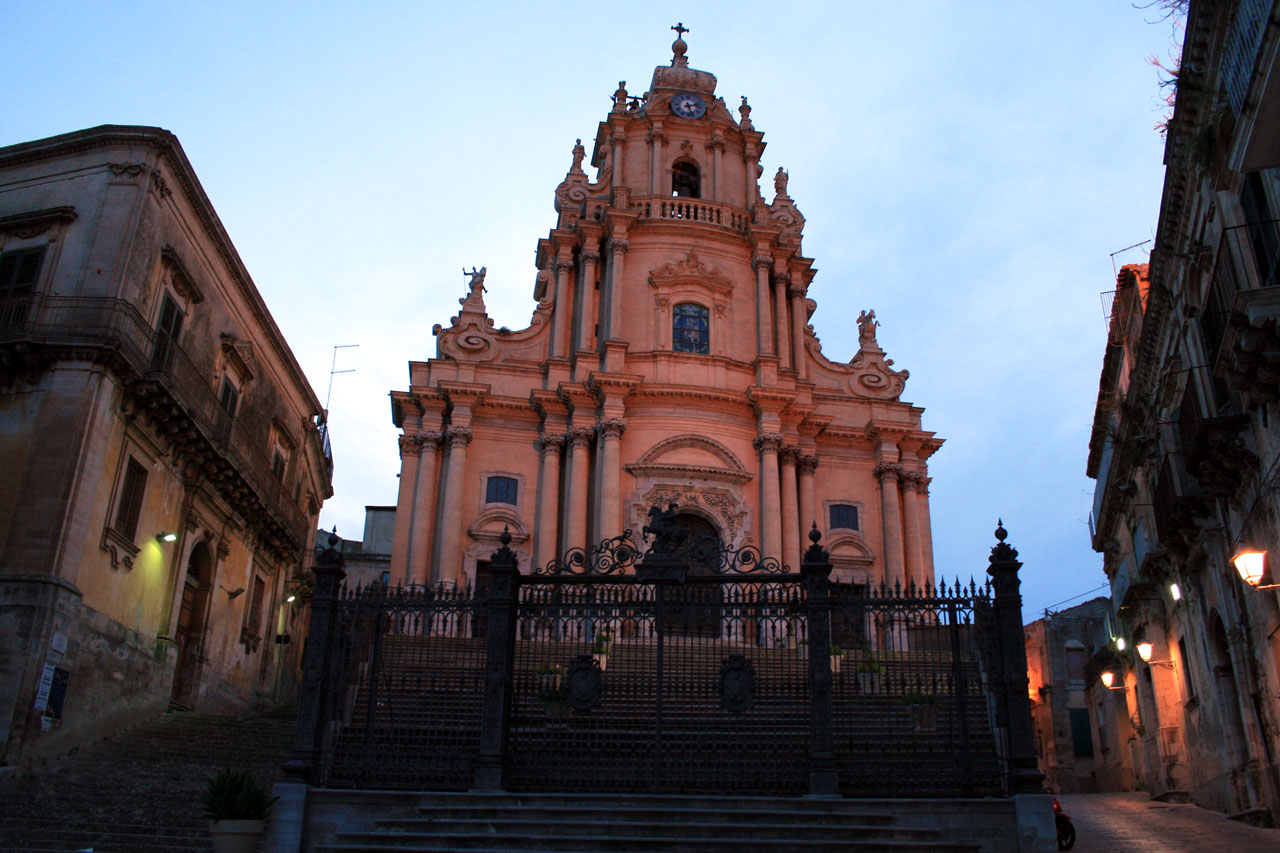 |
| Basilica di San Giorgio – Ragusa Ibla: impressive example of Sicilian baroque. Completed in 1775, it has an elaborate façade divided into three parts by bundles of columns and decorative motifs typical of the period. The staircase and the dome are after the church, the whole is extraordinarily harmonious. |
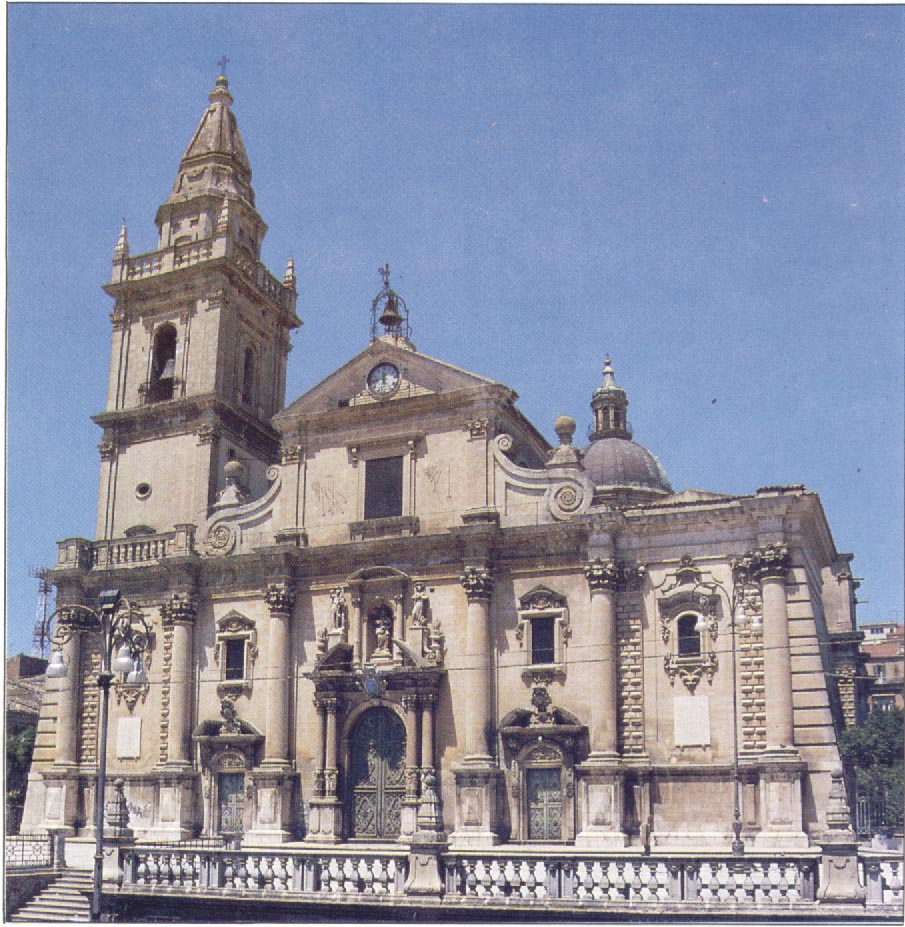 |
| Cattedrale di San Giovanni - Ragusa located in the homonymous square. The church, built between 1706 and 1760, has a beautiful richly decorated Baroque façade, an imposing portal and a cusp-shaped bell tower. To see, inside, the fine stucco decorations of the nineteenth-century chapels. At the back of the church is the Casa Canonica, a beautiful baroque building lightened by several balcony windows. |
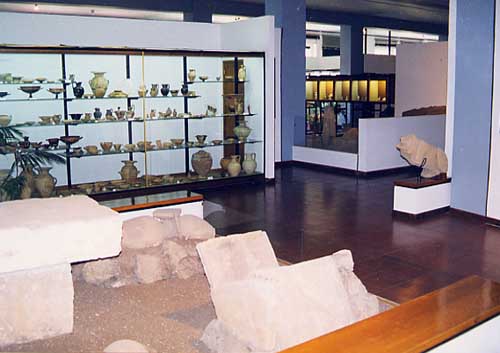 |
| Museo Archeologico Ibleo - Ragusa: illustrates the archeology and ancient history of the territory of the province of Ragusa, from the Neolithic to the late antiquity. The arrangement of the museum makes use of a provision of the finds ordered both chronologically and for topographical areas. The museum's layout is characterized by real reconstructions of limited excavation portions, recalling the idea of the function of the exhibited objects in the visitor. |
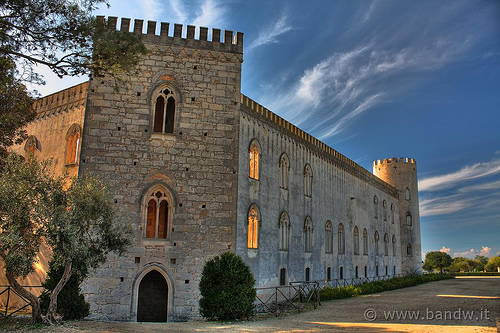 |
| Castello di Donnafugata - Ragusa:Of great scenographic effect, and therefore often turned into a film set, it owes its name to a toponym of Arabic origin. To date back to the second half of the nineteenth century, over the centuries it undergoes several alterations so that no well-defined style is its own. Opening hours: Tuesday to Sunday 9.00am - 1.00pm / 2.30pm - 7.00pm. Closed on Monday |
| Cava d'Ispica – Ispica (RG): The valley, immersed in the typical Mediterranean vegetation, contains prehistoric necropolis, Christian catacombs, rock oratories, monastic hermitages and various types of housing. In the terminal area of the valley there are numerous testimonies that attest the presence of man from prehistoric times until the earthquake of 1693. |
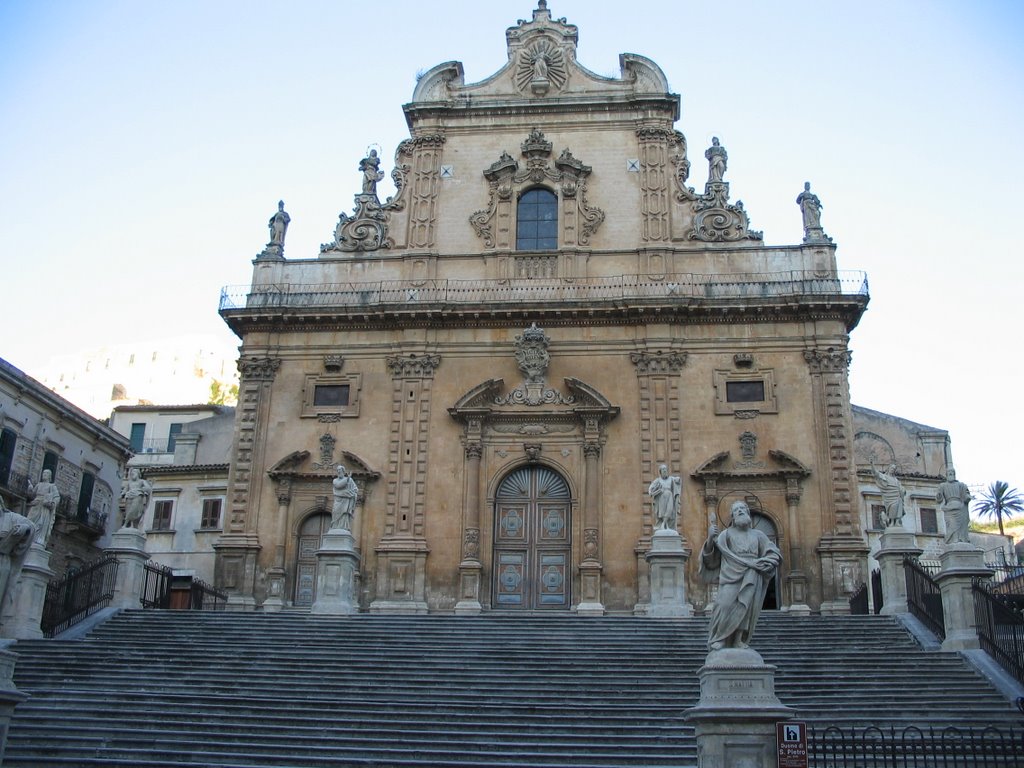 |
| Chiesa di San Giorgio – Modica (RG): included in the UNESCO World Heritage List, it is the final result of the six / eighteenth century reconstruction, which occurred following the disastrous earthquakes that struck Modica. It is often indicated and marked as a symbol of the Sicilian Baroque, which is certainly the most impressive and spectacular architecture. |
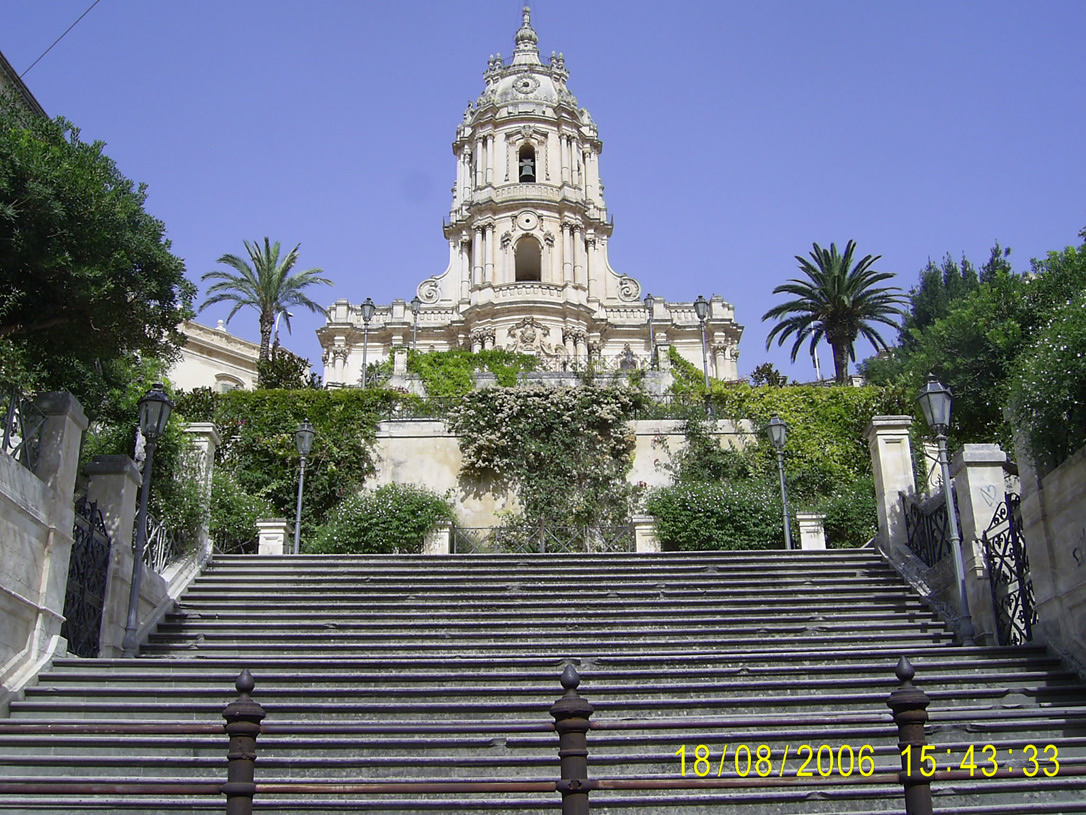 |
| Chiesa di San Pietro – Modica (RG): patron of Modica Bassa, dating back to 1300, then rebuilt following the famous earthquake. It is introduced by an elegant staircase embellished with statues of the twelve apostles on the sides. The interior, a basilica with three naves, shows fourteen columns supporting Corinthian capitals. The central nave is decorated with scenes from the Old Testament, while the right nave houses two important "groups": the "Madonna di Trapani", attributed to Giovanni Pisano, and the polychrome "San Pietro and the paralytic", by Paolo Civiletti, in 1893. |
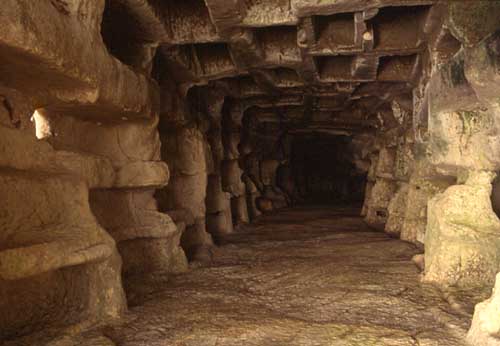 |
| Grotte dei Denari e dei Santi – Monterosso Almo (RG): ancient tombs transformed into houses, inside which the legend hovers, would have been buried only recoverable deniers if aware of particular rituals and magic formulas. |
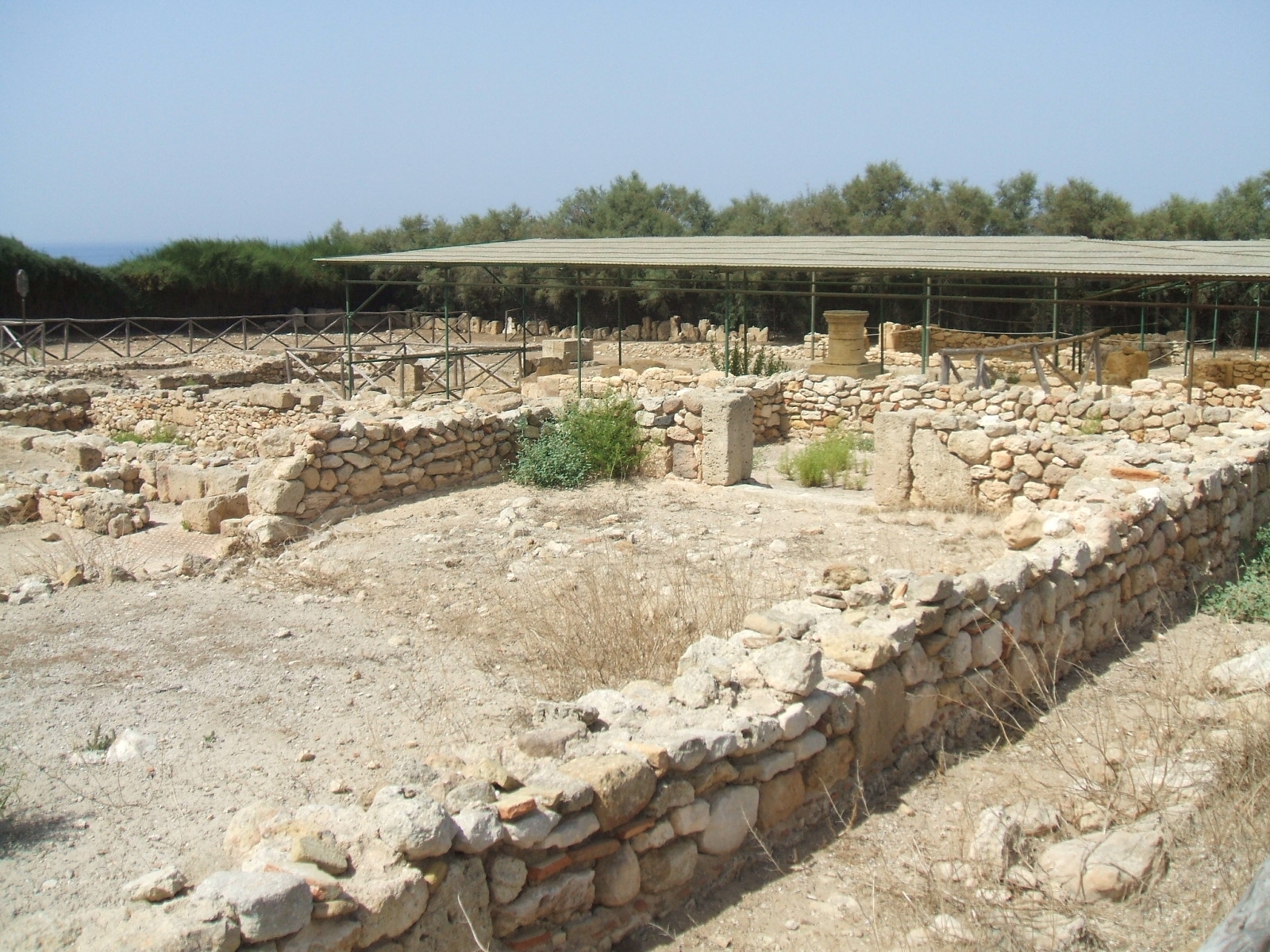 |
| Le rovine di Camarina – Santa Croce Camarina (RG): The city, colonized by the Syracusans in 598 BC, after having undergone various destructions in an attempt to become independent of the motherland, was definitively looted by the Romans in 258 BC. Of the ancient city, which extended over three hills, of which the most important was that of Cammarana, near the mouth of the Ippari, parts of the archaic walls and the great tower are preserved. |
| Torre Cabrera – Pozzallo (RG): is a coastal defense tower built in ancient times to protect the Pozzallo Loader from pirates. Around the Torre Cabrera the first urban agglomeration of Pozzallo developed, initially consisting of a few hundred people between soldiers and fishermen. Today the tower is a National Monument, and is shown on the coat of arms of the city of Pozzallo. |
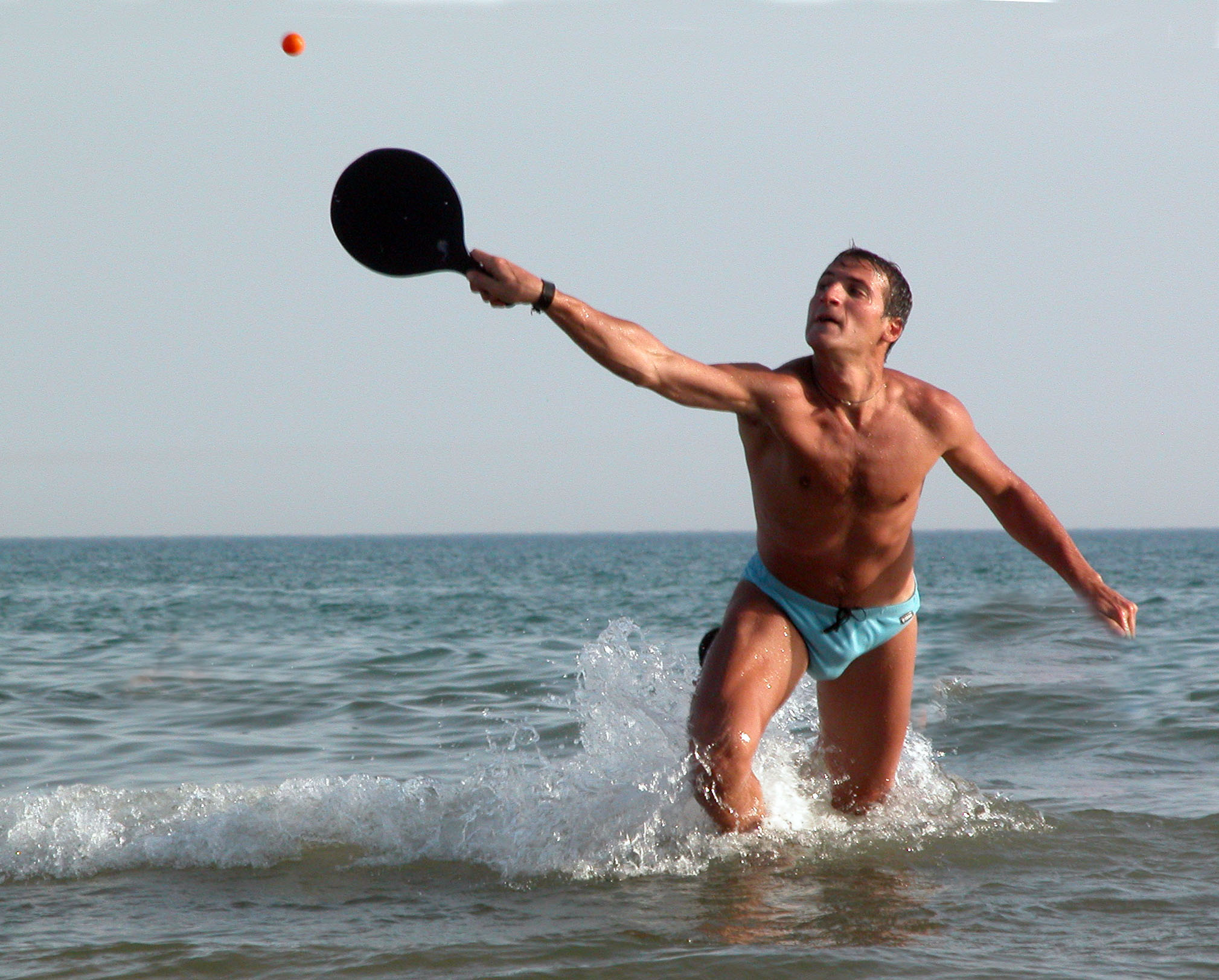 |
| Le spiagge del ragusano, a few kilometers from Ragusa, overlooking the African sea and are the most popular and renowned tourist-seaside resorts of South-Eastern Sicily. A sought-after place for holidays and leisure, it offers ample opportunities for relaxation and fun. Its beaches of fine golden sand, its coast populated with nightclubs, pubs, restaurants and shops that offer the best of dining and shopping, in a context of calm and orderly sociality, which makes it a harbinger of new opportunities for meeting and friendship. Typical are the beaches of Marina di Ragusa, Marina di Modica, Sampieri, Donnalucata, Santa Maria del Focallo, Punta Secca (which houses the famous house of Montalbano). |
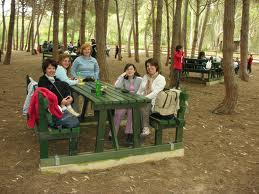 |
| Le natural reserves of Calaforno, Monte Lauro e Randello are only the most representative of many that surround the entire Hyblaean territory. Uncontaminated paradises where anyone, from the smallest to the biggest, has the opportunity to relax, to play, or why not, to organize a roast with friends. |
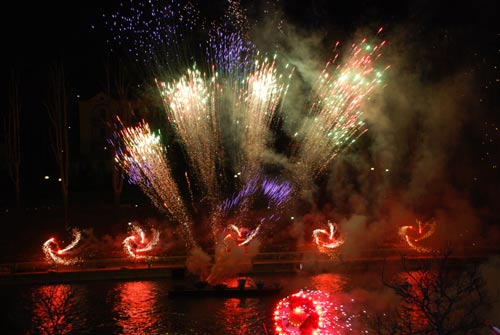 |
| Gli eventi:During the year the municipal and private administration never fail to organize entertainment events for the citizens of Ragusa and for visiting guests. The most important and confirmed every year are without any doubt the patronal feasts of San Giovanni Battista (in Ragusa higher on 29 August) and San Giorgio (in Ragusa Ibla in May). |
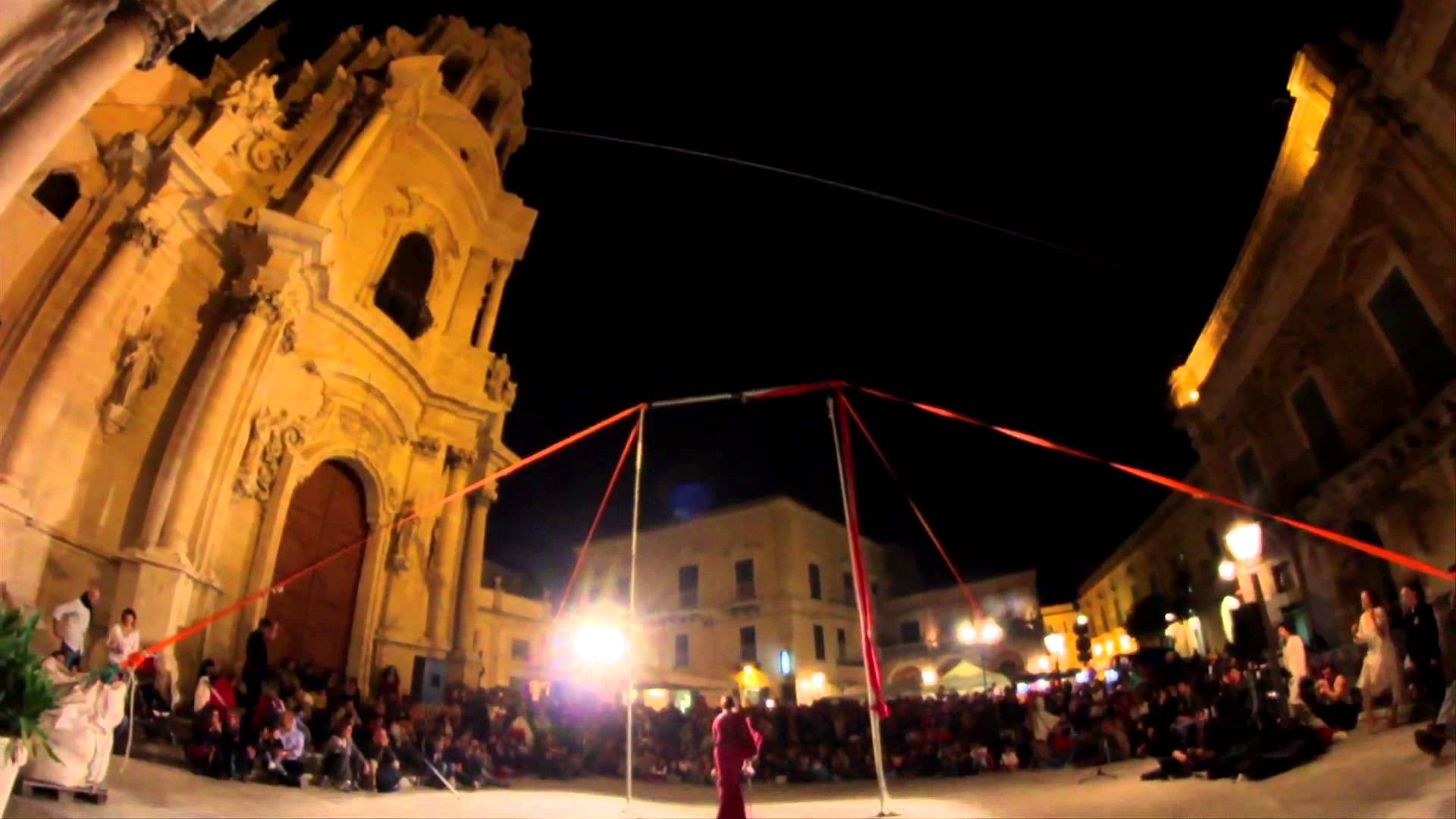 |
The most popular event is the Ibla Buskers, the festival of street artists, with national and international artists who for four days, during the first ten days of October, perform for the alleyways of Ibla, entertaining and exciting the passers
|
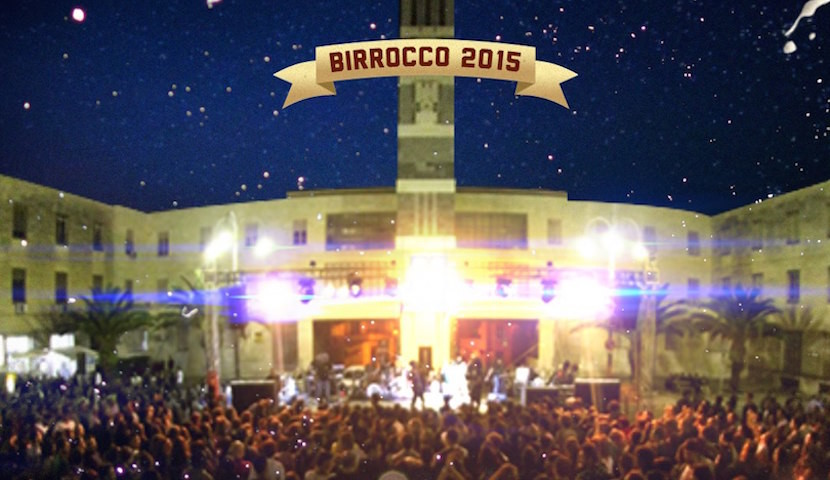 |
| Birrocco, however, has already reached its third edition. Upper Ragusa for a weekend of September is covered with beer. A party with stands, exclusive beers, music and theater. |
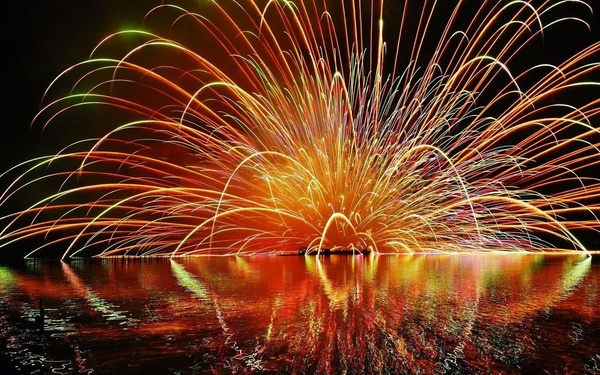 |
| Another event of great appeal is "the farewell to the summer", organized every year in Marina di Ragusa in September as a greeting to the summer. The highlight of the evening consists of a pyrotechnic games competition directly on the sea. |
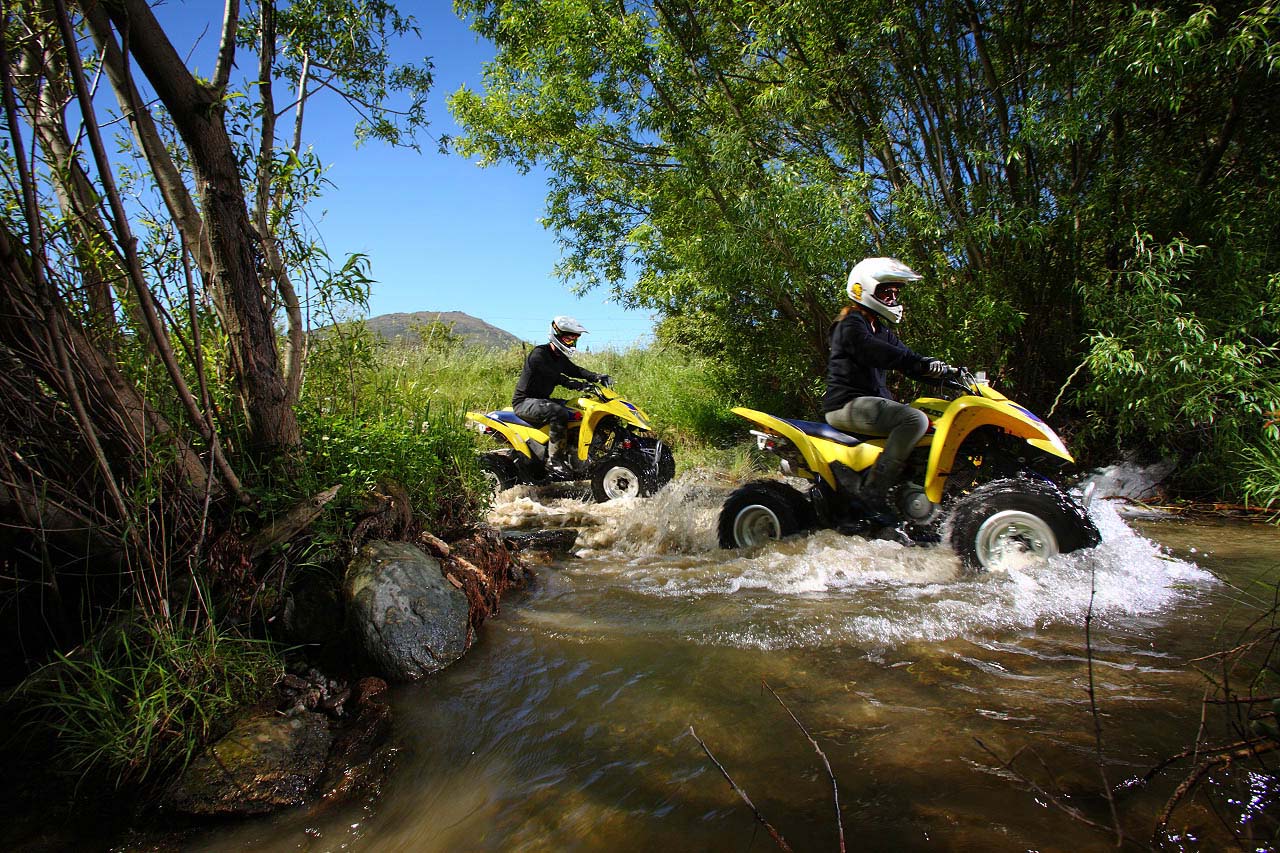 |
| For the most fearless and sporty you can not but mention the excursions in the water, in the summer season, and in quad and trekking for the whole year. |
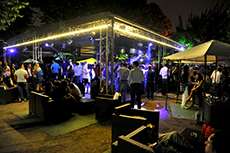 |
Certainly then you can not miss the nightlife in the heart of Marina di Ragusa, where pubs and discos will cheer your evenings.
|
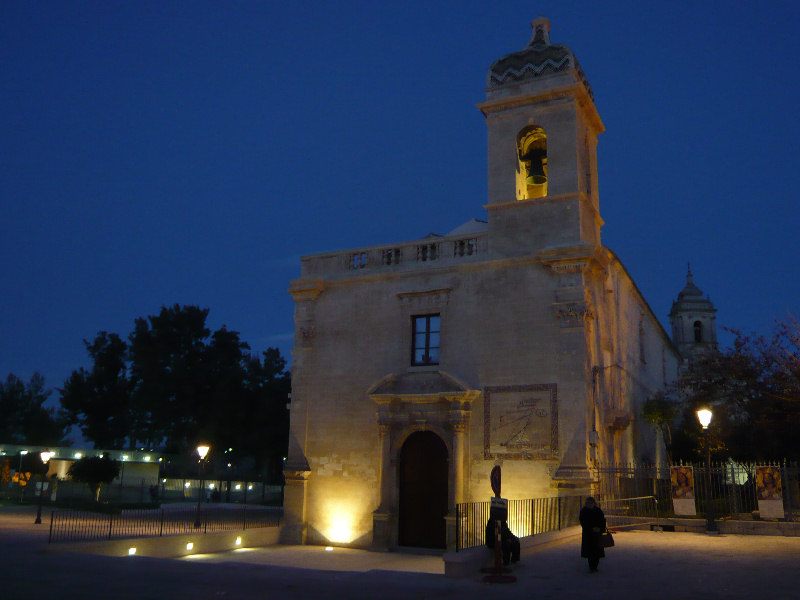 |
| For those who want to relax in a beautiful walk at times romantic and in full harmony can not help but go through the beautiful historic district of Ragusa Ibla, immersed in Sicilian baroque, or in the picturesque seafront of Marina di Ragusa. |